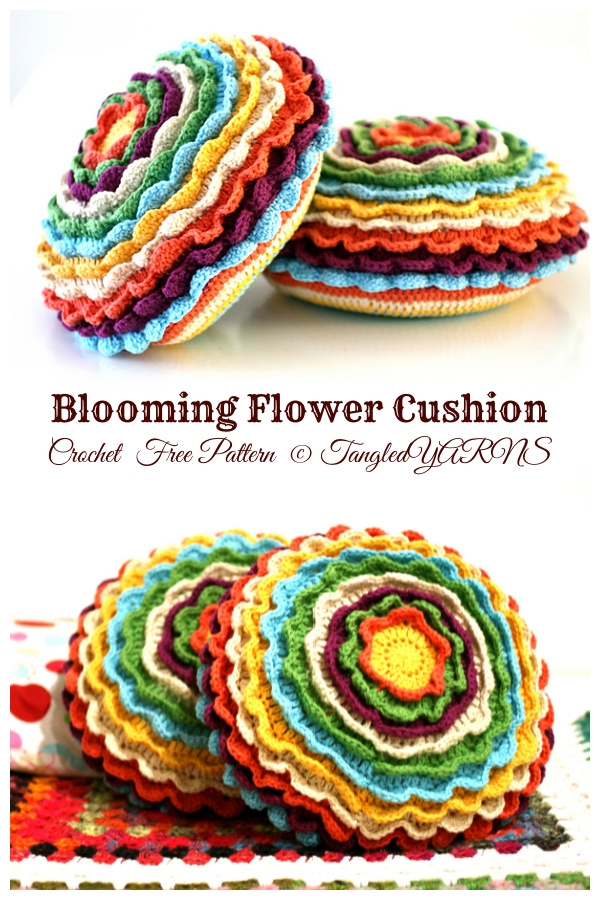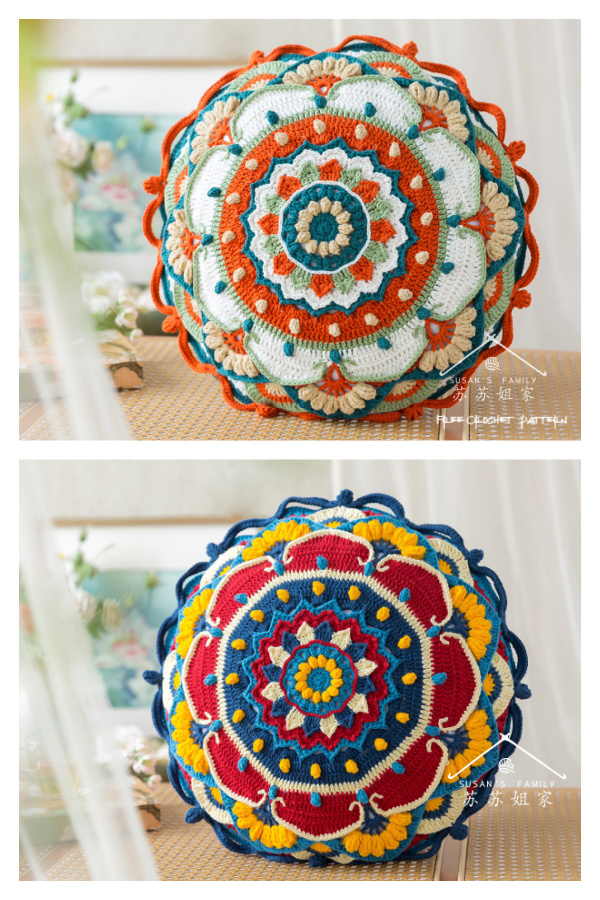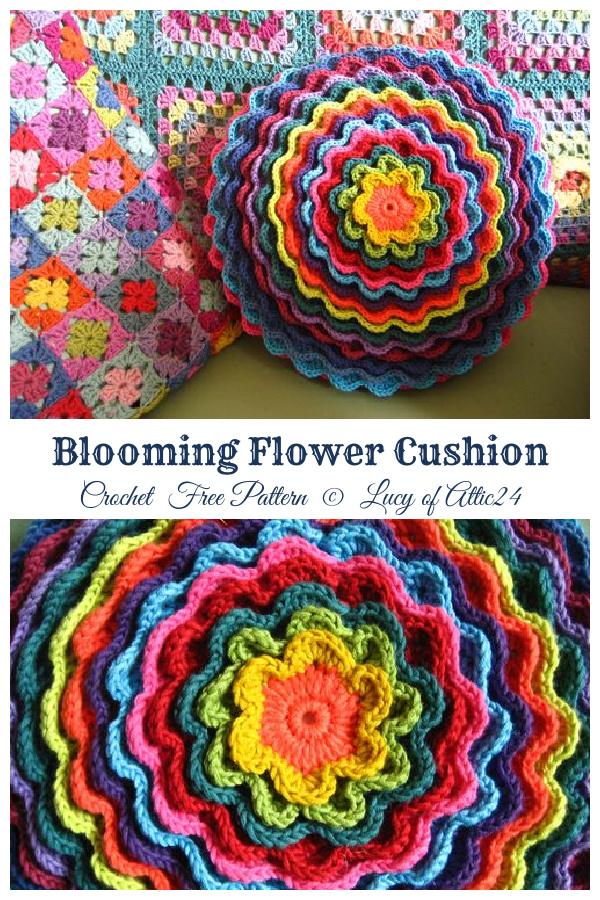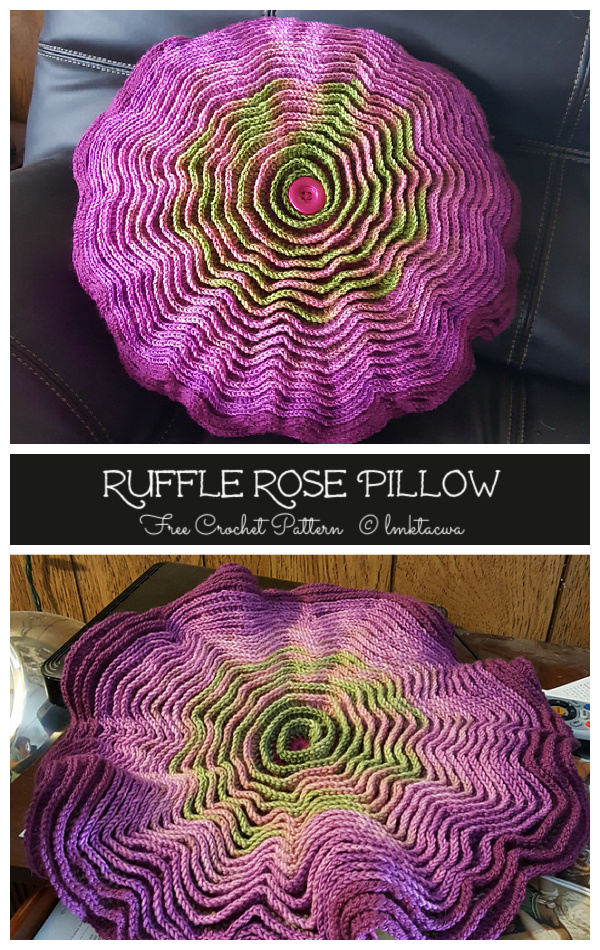Lotus mandala tattoos beautifully intertwine artistry, spirituality, and symbolism. The lotus flower, a symbol of purity and resilience, pairs harmoniously with the mandala’s representation of the universe and spiritual growth.
But what draws people to lotus mandala tattoos? What deeper significance lies within these intricate designs? This article will explore the profound meanings behind the lotus mandala tattoo, offering insights to help you understand its rich symbolism.
WHAT IS A LOTUS MANDALA?

A lotus mandala is a spiritual symbol that combines the sacred lotus flower with the geometric patterns of a mandala. This symbol is deeply rooted in various ancient cultures, carrying significant spiritual and philosophical meanings.
In Hinduism and Buddhism, the lotus represents spiritual awakening, purity, and the cyclical nature of life and death. Mandalas, known as yantras in Hinduism, symbolize the universe and the quest for inner peace through their complex geometric designs. Together, the lotus mandala becomes a powerful emblem of the journey toward enlightenment and the beauty of life’s continuous unfolding.
The appeal of the lotus mandala lies not only in its profound meanings but also in its artistic versatility. It can be depicted in a range of styles, from intricate line work to vibrant watercolor designs, making it a popular choice for tattoos and artistic expressions around the world.
LOTUS MANDALA FACTS
- Origin and Significance: Rooted in ancient spiritual traditions, particularly Hinduism and Buddhism.
- Artistic Variations: Ranges from simple line art to elaborate, colored designs, adaptable to various artistic styles.
- Global Appeal: Its universal themes of purity, enlightenment, and cosmic connection resonate across cultures.
- Personal Reflection: Often represents a personal journey or significant life transformation.
- Meditation Use: Frequently serves as a focal point in meditation practices for achieving mindfulness and inner peace.
SYMBOLISM AND MEANINGS OF THE LOTUS MANDALA
The symbolism of the lotus mandala is rich and varied, representing purity, spiritual awakening, and the intricate journey of life. The lotus flower’s ability to bloom in muddy waters symbolizes resilience and finding beauty in adversity. The mandala’s geometric patterns reflect the cosmos and the unity of existence.
CULTURAL MEANINGS
- Buddhism: Symbolizes the journey to enlightenment and the eightfold path.
- Hinduism: Represents creation, cosmic harmony, and the divine essence of the gods.
- Modern Interpretations: Seen as a symbol of personal growth, harmony, and balance in life.
The lotus mandala’s timeless appeal stems from its ability to merge diverse interpretations into a single, powerful symbol, visually representing life’s complexity and the resilience of the human spirit.
SPIRITUAL AND MYTHOLOGICAL SIGNIFICANCE
The lotus mandala holds deep spiritual and mythological meanings across various traditions:
- Buddhist Symbolism: Represents enlightenment, purity, and the interconnected nature of the universe, mirroring the lotus’s journey from mud to beauty.
- Hindu Mythology: Associated with deities like Brahma and Vishnu, symbolizing creation and the eternal nature of the universe.
- Other Spiritual Traditions: Reflects the cycle of life and death, the balance of physical and spiritual realms, and the pursuit of inner peace.
LOTUS MANDALA TATTOO MEANING


In tattoo art, the lotus mandala embodies various specific meanings, each adding depth and personal significance to the design:
- Journey Towards Enlightenment: Often chosen by individuals on a spiritual path, symbolizing their quest for self-discovery.
- Resilience and Overcoming Adversity: Reflects the strength to overcome challenges, akin to the lotus blooming in muddy waters.
- Symbol of Harmony and Balance: Represents the pursuit of inner peace amidst life’s complexities.
- Artistic Expression of Individuality: A popular choice for its aesthetic beauty and as a personal statement of individuality.
- Connection to Nature and the Cosmos: Serves as a reminder of one’s connection to the natural world and the larger universe.
These meanings contribute to the popularity of the lotus mandala tattoo, offering both personal significance and artistic appeal.
CONCLUSION
The lotus mandala tattoo is far more than a visually striking piece of body art. It’s a profound symbol, weaving together the spiritual significance of the lotus flower with the intricate, meditative geometry of the mandala. This combination creates a powerful representation of growth, enlightenment, and the interconnectedness of the universe.










